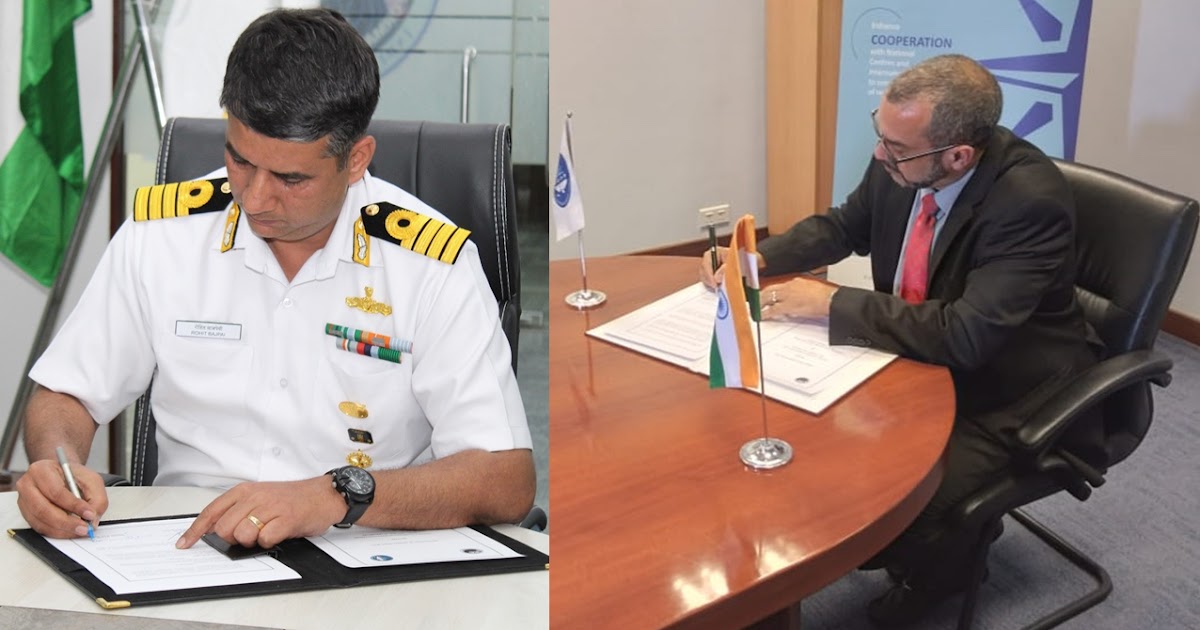
Signing of Memorandum of Understanding between India and Seychelles for Maritime Domain Awareness
By Vikas Gupta
Defence News of India, 23 February 23
To enhance maritime security cooperation, India’s high-tech control center for monitoring traffic in the Indian Ocean region on Tuesday agreed to cooperate with a similar body in Seychelles, in the south of Indian Ocean.
Set up by the Indian Navy in 2019 in Gurugram, the The Information Fusion Center for the Indian Ocean Region (IFC-IOR) has signed a Memorandum of Understanding withRegional Coordination Operations Center (RCOC), Seychelles.
“[This] aims to promote collaboration between the two centers with a view to improving maritime domain awareness, information sharing and expertise development,” the Ministry of Defense (MoD) said on Wednesday.
The IFC-IOR is a diplomatic initiative that underscores India’s status as the guardian of the Indian Ocean – a “network security provider” that brings together countries in the region to safeguard global commons, freedom of navigation and ensuring security against challenges such as piracy, terrorism, arms trafficking, narcotics, human migration and illegal fishing.
It does this by obtaining feeds from a range of space-based and ground-based sensors and sources, to track fishing boats and commercial vessels near the Indian coast and in the vast maritime realm beyond.
“IFC-IOR, hosted by the Indian Navy, was established by the Government of India at Gurugram on December 22, 2018, to enhance collaborative maritime safety and security in the Indian Ocean region, in line with India’s vision of Security and Growth for All in the Region (SAGAR),” the Ministry of Defense said.
The IFC-IOR mainly monitors the northern Indian Ocean, crossed by maritime lines of communication (SLOC) which transport 75% of the world’s maritime trade and half of the daily consumption of oil.
Now, IFC-IOR’s partnership with RCOC, Seychelles allows the Indian Navy to look further south.
JTo enable better cooperation, IFC-IOR also hosts International Liaison Officers (OLI) from 12 partner countries: Australia, France, Italy, Japan, Maldives, Mauritius, Myanmar, Sri Lanka, Seychelles, Singapore, United Kingdom and United States, the Department of Defense said. .
The maritime security architecture in the Western Indian Ocean is supported by the Regional Maritime Information Fusion Center (RMIFC), the RCOC in Seychelles and the national centers of seven signatory countries: Comoros, Djibouti, France, Kenya, Madagascar , Mauritius and Seychelles, the MoD said.
The central idea of this initiative remains the monitoring of civil and commercial navigation. To track its own warships and those of its enemies, the Navy maintains a separate “Operations Room”. There is a deliberate firewall between the two.
The IFC-IOR obtains inputs from a range of sensors. The main inputs are from the Coastal Radar Network of India which is operated by the Coast Guard.
Information is also generated from the White Sea Transport Agreements that India has entered into with 36 countries and 3 multinational agencies. These feed the details of all commercial shipments passing through their ports.
IMAC also incorporates LRIT (Long Range Identification and Tracking) inputs. This mechanism, which operates under the aegis of the International Maritime Organization, paves the way for 174 countries to provide real-time information on their commercial shipping.
Custom-designed software feeds this diverse data, obtained from multiple sources, into a ‘common operating picture’.






